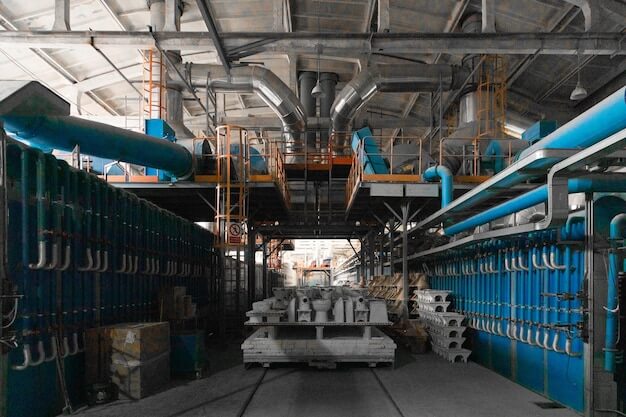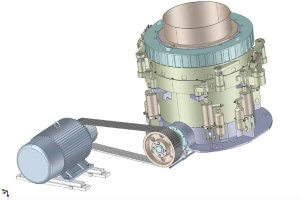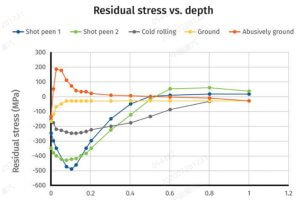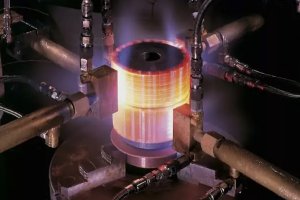The Functionality of Cantilever Snap Joints in CNC Machining
The functions of cantilever clamp joints in CNC machining include several aspects:
- Positioning and Fixation: Cantilever clamp joints effectively position and fix workpieces or tools through their designed convex-concave structure. This fixation method ensures the stability and accuracy of the workpiece during the machining process, avoiding machining errors caused by movement or vibration.
- Transmission of Force and Torque: Cantilever clamp joints are designed with mechanisms to effectively transmit force and torque, enabling them to withstand various forces and torques generated during the machining process. This ensures stability and reliability during machining, contributing to increased machining efficiency and precision.
- Quick Tool Change: Cantilever clamp joints are typically designed for quick tool changes, allowing operators to easily replace different types or sizes of cutting tools or fixtures in a short period of time. This quick change feature significantly improves production efficiency and reduces process adjustment and downtime.
- Applicable to Various Machining Scenarios: The design and structure of cantilever clamp joints are flexible and diverse, suitable for various CNC machining scenarios, including milling, drilling, cutting, etc. Whether for flat machining, three-dimensional machining, or complex surface machining, cantilever clamp joints can provide stable machining support and precise positioning and fixation to meet different machining needs.
How does a cantilever snap joint work Rory
A cantilever snap joint, also known simply as a snap joint, is a type of mechanical fastening method commonly used in various engineering applications. Let’s break down how it works:
- Design: A cantilever snap joint consists of two components: a male part and a female part. The male part typically has a protrusion or tab, while the female part has a corresponding recess or groove.
- Assembly: To assemble the two parts, the male part’s tab is inserted into the female part’s groove. As the tab slides into the groove, it encounters resistance due to the interference fit between the tab and the walls of the groove.
- Snap-fit Action: As the tab reaches the end of the groove, it suddenly snaps into place, creating a secure connection between the two parts. This snapping action is a result of the deformation of the material around the tab, which temporarily flexes or bends to accommodate the tab’s insertion before returning to its original shape, effectively trapping the tab within the groove.
- Retention: Once snapped into place, the tab is securely retained within the groove by the surrounding material, preventing the two parts from separating unintentionally. The amount of force required to separate the parts depends on factors such as the design of the joint, the material properties, and the dimensions of the tab and groove.
- Disassembly: To disassemble the snap joint, external force is applied to overcome the retention force holding the parts together. This typically involves applying pressure or pulling on one of the parts to release the tab from the groove.
Other Articles You Might Enjoy
- Zinc Alloys in Manufacturing: Are They Superior to Aluminum for CNC Machining?
Zinc Alloys and Aluminum: Essential Materials in CNC Machining Metal alloys, particularly zinc and aluminum, play a crucial role in computer numerical control (CNC) machining. Zinc alloys are known for…
- Evolving World of CNC Machining: Snap Joints to Rivets( what is a cantilever snap joint Hyman)
Exploring an industrial facility, one might encounter numerous instances where manufacturing processes utilize CNC machining. Its applications are vast and extend from the creation of titanium vs aluminum elements over…
- Exploring Bead Blasting in CNC Machining(torsion snap joint Uriah)
Bead blasting is an essential process within the broader umbrella of CNC (computer numerical control) Machining. Understanding its role and functions can provide a unique perspective on manufacturing and production,…









